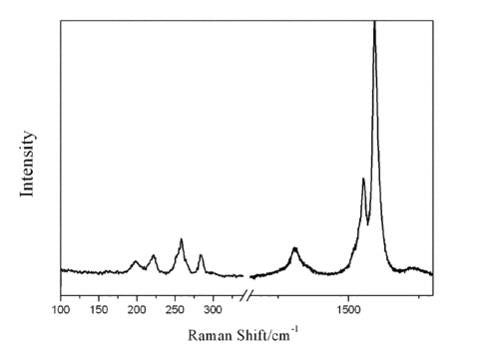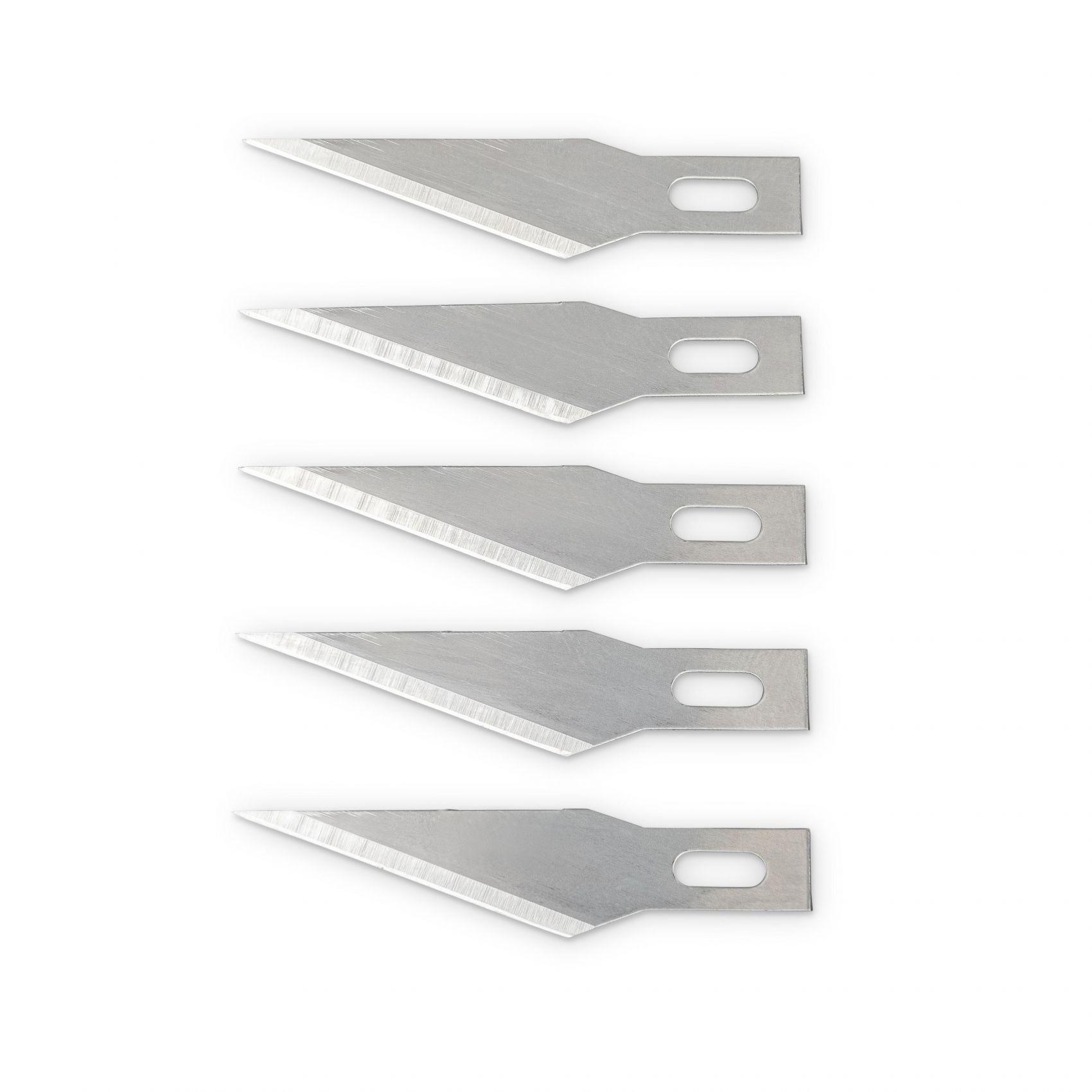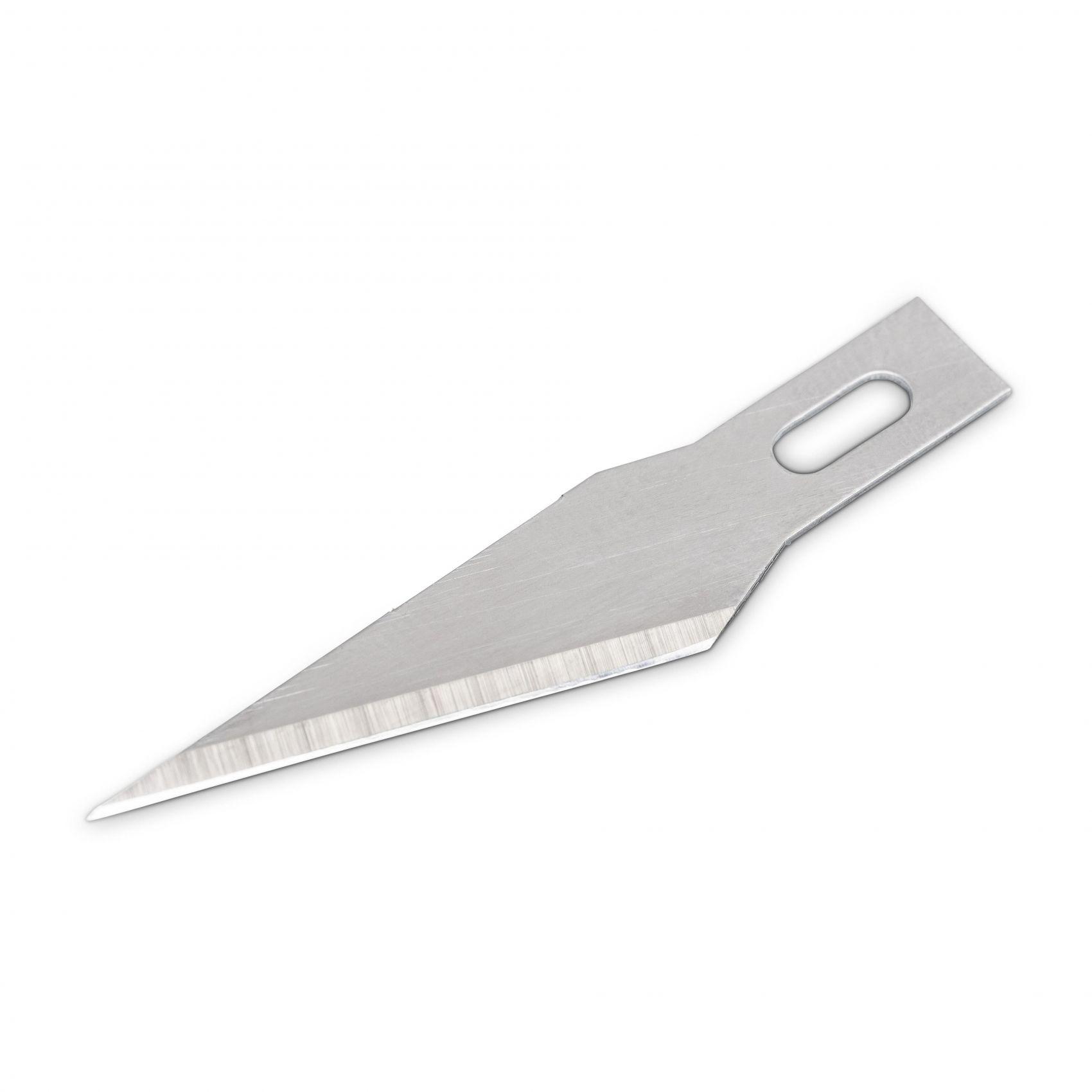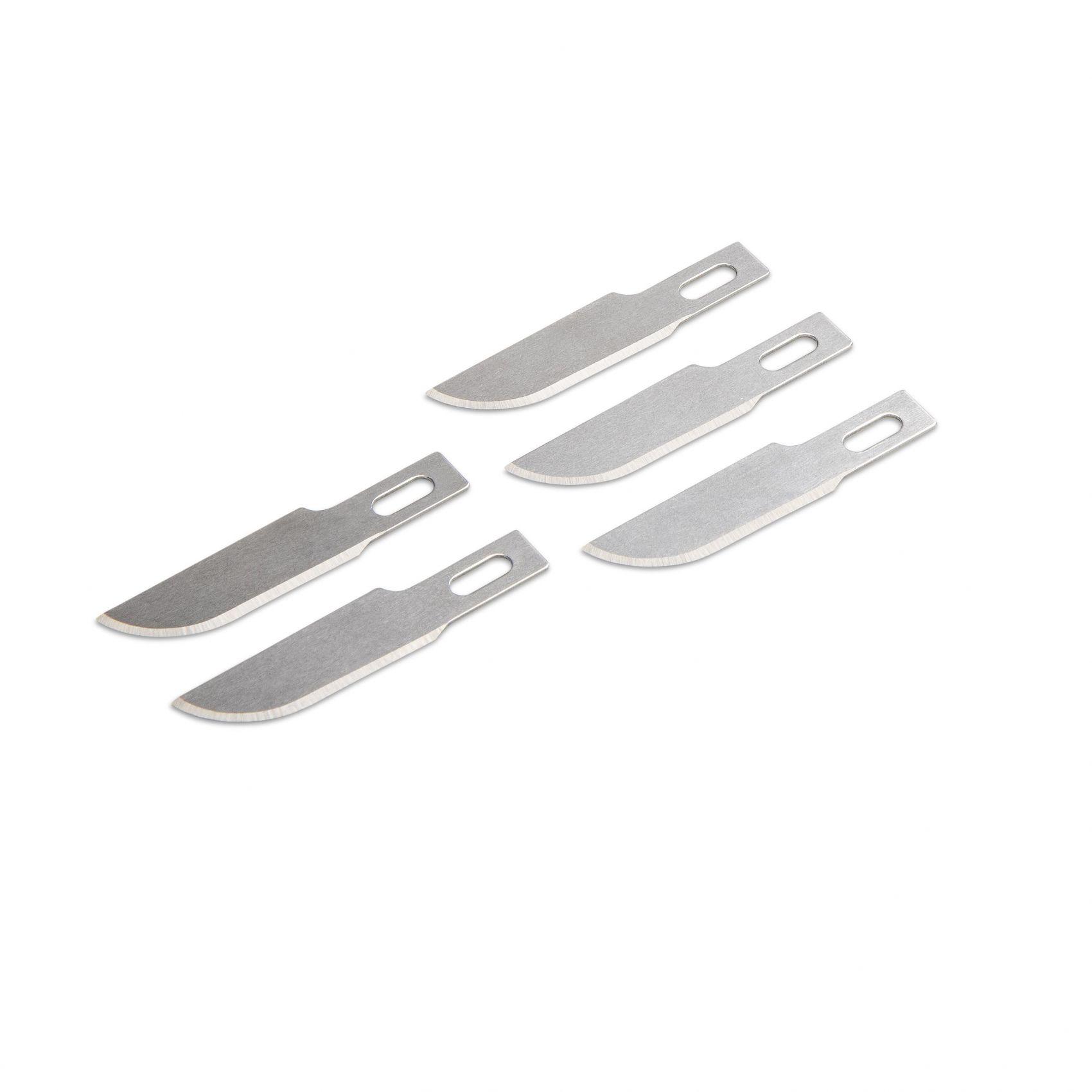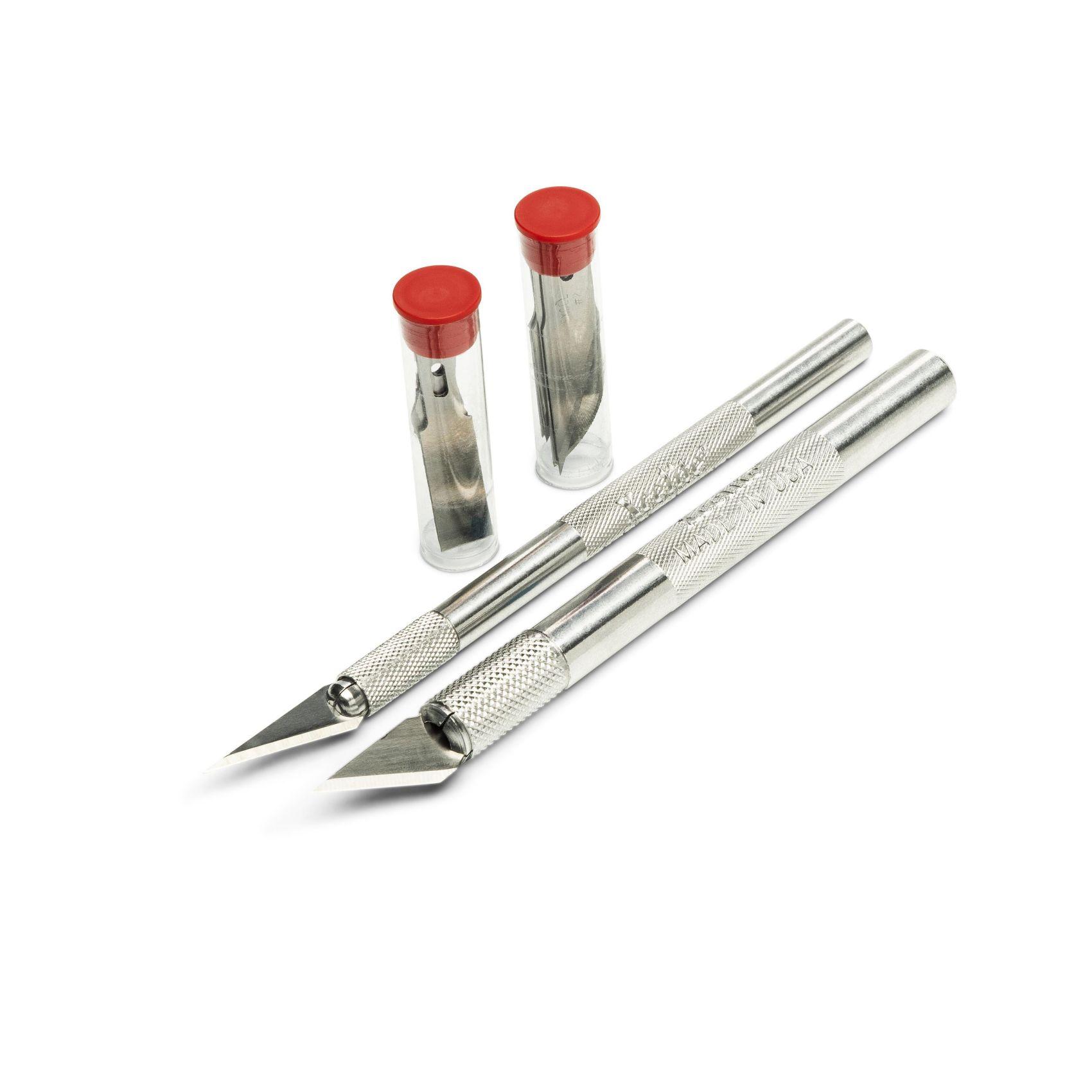Single-walled carbon nanotubes (SWCNTs), CAS number 308068-56-6, are a special class of carbon materials known as one-dimensional materials. They consist of sheets of graphene, rolled up to form hollow tubes with walls one atom thick. Due to its chemical structure and dimensional constraints, this material exhibits exceptional mechanical, electrical, thermal, and optical properties. As such, single-walled nanotubes have become of great interest for both stand-alone studies and for use in composite materials.
At Ossila, we sell a range of SWCNTs with different dimensions and purities. Additionally, we sell COOH functionalized single-walled carbon nanotubes and OH functionalized single-walled carbon nanotubes.
Technical Data
| CAS Number | 308068-56-6 |
|---|---|
| Chemical Formula | CxHy |
| Recommended Dispersants | DI Water, DMF, THF, Ethanol, Acetone |
| Synonyms | Single-Walled Carbon Nanotubes, Single-Wall Carbon Nanotube, Carbon Nanotube, SWNT, CNT |
| Classification or Family | 1D materials, Carbon nanomaterials, Nanomaterials, Polycyclic aromatic hydrocarbons, thin-film electronics |
| Appearance | Black fibrous powder |
| Product code | M2013L4 | M2013L5 | M2013L6 | M2395A1 | M2395E1 |
|---|---|---|---|---|---|
| Diameter (nm) | < 2 | < 2 | 2 | 1 – 2 | 2 |
| Length (μm) | 5 – 35 | 20 – 55 | 5 – 20 | 1 – 3 | 1 – 2 |
| Surface Area (m2/g) | 400 | 570 | 450 | 400 | 450 |
| Purity | > 95% | > 96% | ≥ 95% | > 65% | ≥ 95% |
Past product detail
Dispersion Guide
SWNTs are insoluble as prepared. However, through the use of surfactants and ultrasonic probes, it is possible to disperse and suspend small concentrations of nanotubes. For dispersing in aqueous solutions, we recommend the use of sodium dodecylbenzene sulfonate if an ionic surfactant is suitable. If a nonionic surfactant is needed, we recommend surfactants with high molecular weights.
- Weigh out the desired amount of carbon nanotubes.
- Mix together your solvent and surfactant of choice at the desired surfactant concentration; this should be below the critical micelle concentration of the surfactant.
- Add the solvent-surfactant mix to the dry powder and shake vigorously to mix.
- Either place an ultrasonic probe into the solution, or place the solution into an ultrasonic bath.
- Be careful about the length of time and power used - because damage to the carbon nanotubes can occur, shortening their average length.
- The resulting solution will be a mixture of suspended SWNT's and bundles of SWNT's, further sonication will help break up the bundles.
- To separate out the individual nanotubes in solution from the bundles, the solution should be placed into a centrifuge. If the solution is centrifuged for a longer time and/or at a higher speed, the smaller bundles will be removed, narrowing the distribution of suspended nanotubes.
For functionalized SWNTs, it is possible to disperse them without the use of any surfactants. However, the total concentration of dispersed nanotubes will be lower. A maximum of 0.1mg/ml can be achieved for -COOH and -OH.




